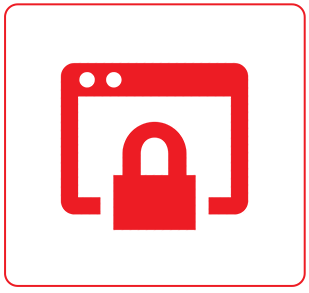
- Before doing any online transactions or sending personal information, make sure that correct website has been accessed. Beware of bogus or “look alike” websites which are designed to deceive consumers.
- Check if the website is “secure” by checking the Universal Resource Locators (URLs) which should begin with “https” and a closed padlock icon on the status bar in the browser is displayed. To confirm authenticity of the site, double-click on the lock icon to display security certificate information of the site.
- Always enter the URL of the website directly into the web browser.
- Avoid being re-directed to the website, or hyperlink to it from a website that may not be as secure.
- If possible, use software that encrypts or scrambles the information when sending sensitive information or performing e-banking transactions online.
We use cookies in order to give you the best possible experience on our website. By continuing to use this site, you agree to our use of cookies.

